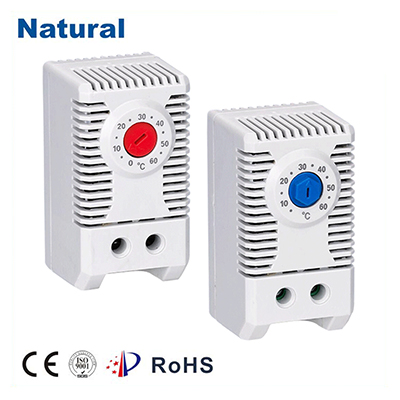A contact thermostat is a crucial element in a wide range of temperature control applications. These devices are designed to monitor and regulate temperature in various systems, ranging from household heating and cooling systems to industrial machinery. By controlling the flow of electricity based on temperature changes, contact thermostats offer precise temperature regulation, enhancing both efficiency and safety. This article delves into the working mechanism, uses, benefits, and considerations related to contact thermostats.

What is a Contact Thermostat?

A contact thermostat is an electronic or mechanical device used to control the temperature of a system by opening or closing a set of electrical contacts. When the temperature reaches a preset threshold, the thermostat triggers a response, either by activating or deactivating the system it is controlling. For instance, in a heating system, when the temperature drops below the set point, the thermostat closes the contact and powers the heater to bring the temperature back up to the desired level. The operation of a contact thermostat is relatively straightforward. It typically consists of a temperature-sensing element, such as a bimetallic strip or a thermistor, that detects changes in temperature. As the temperature changes, the sensing element expands or contracts, causing a set of contacts to either close or open. This action either completes or interrupts the circuit, triggering the system to activate or deactivate, depending on the specific application.

Leave a Reply